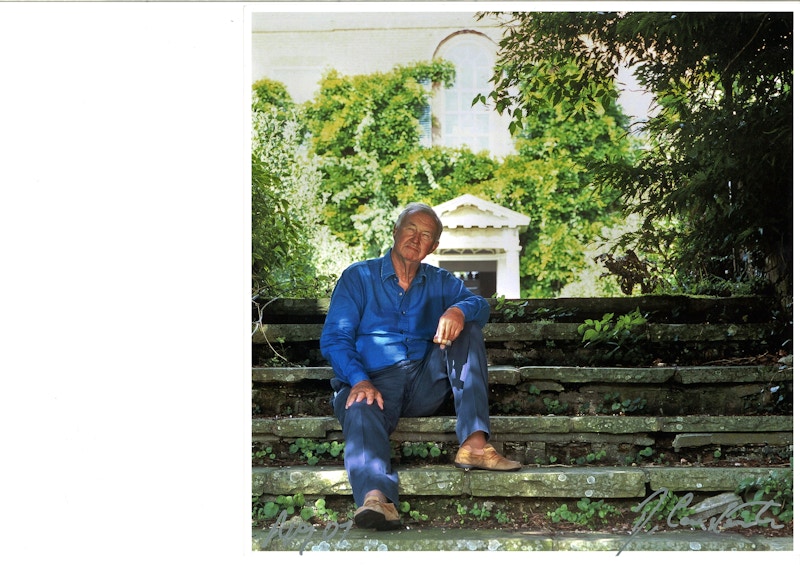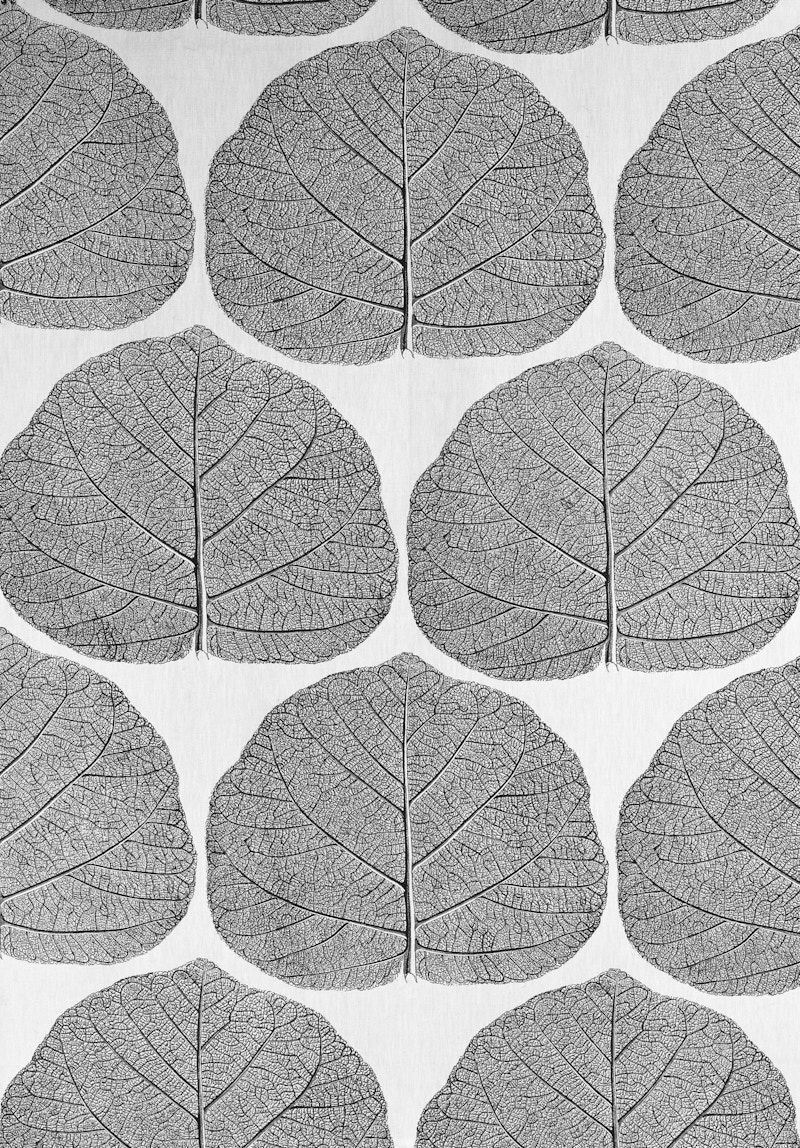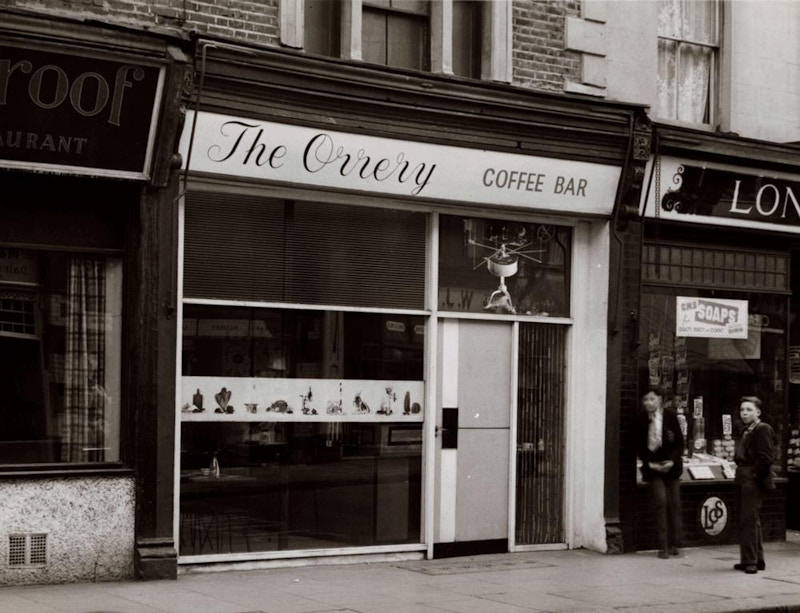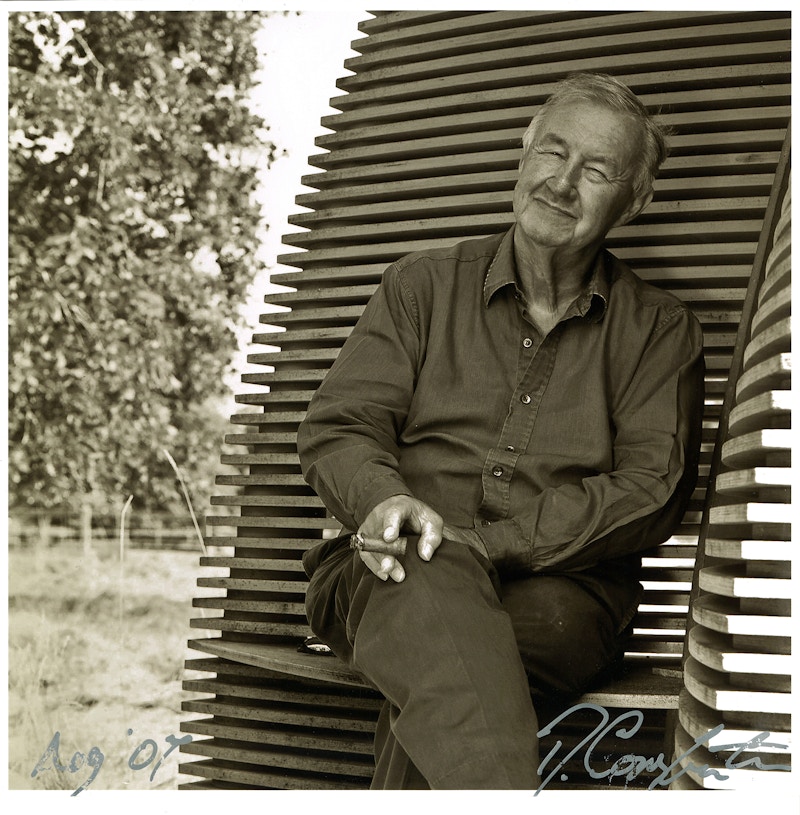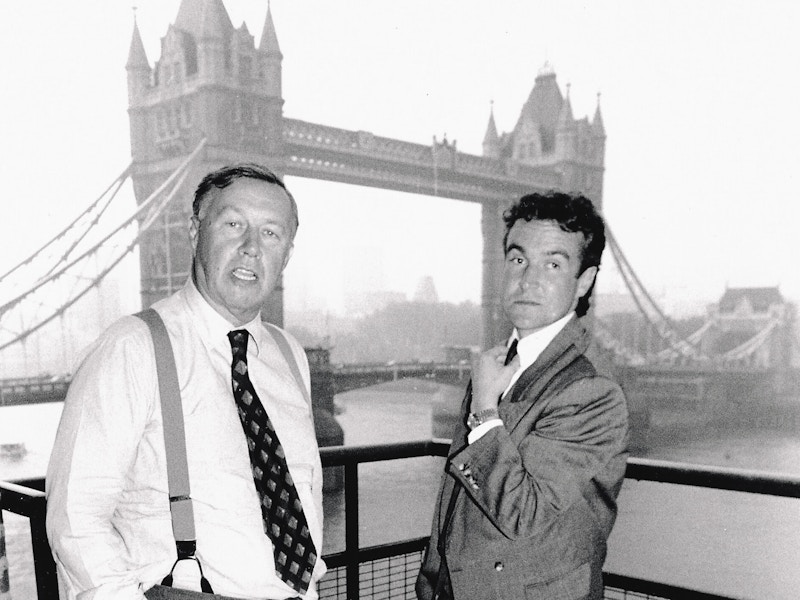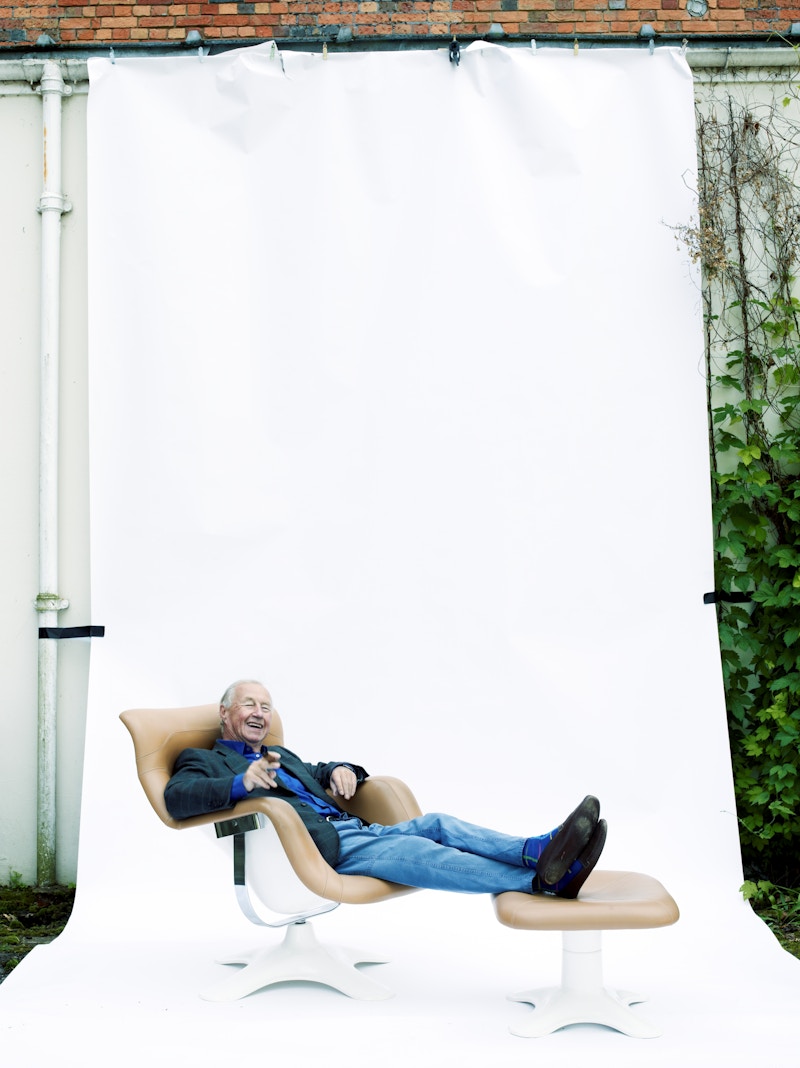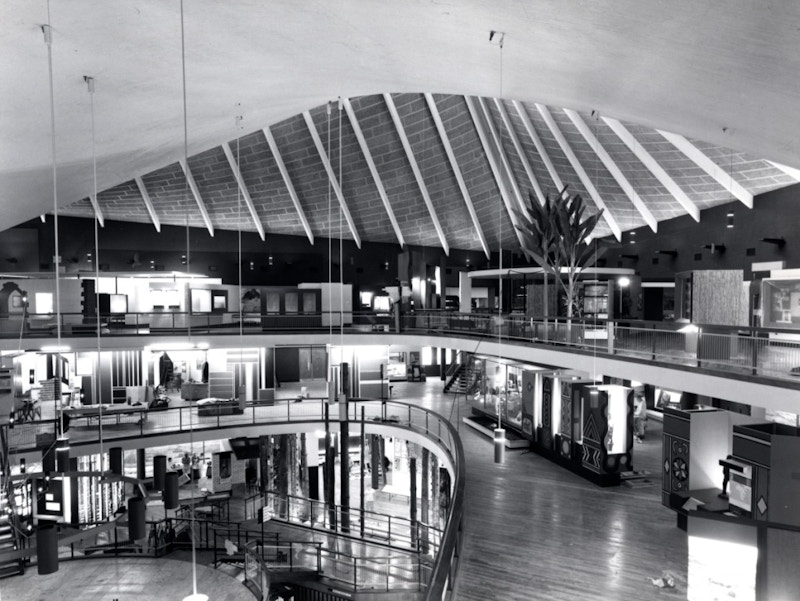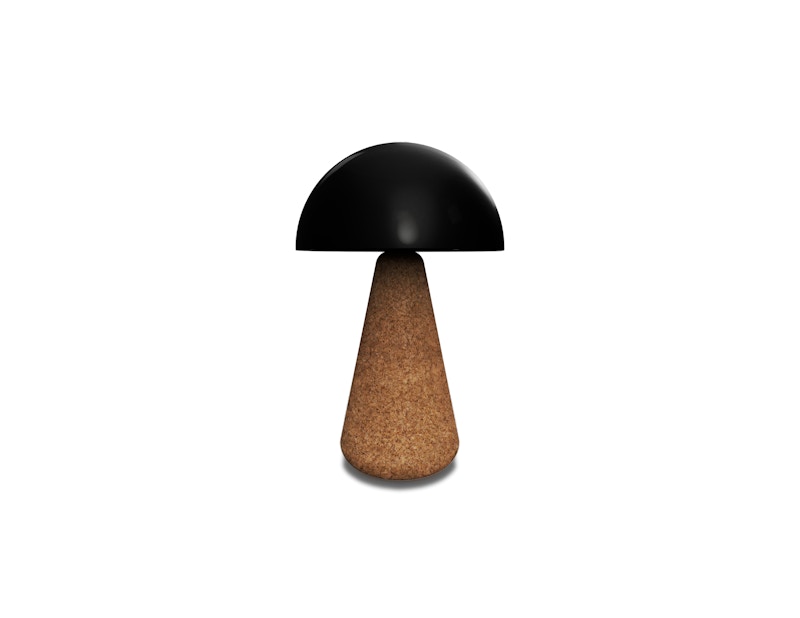References:
Autodesk (2017). The Living and Autodesk Apply Bionic Design to an Airbus 320 Partition. (online) Available at: http://www.architectmagazine.com/tech¨nology/the-living-and-autodesk-apply-bionic-design-to-an-airbus-320-parti¨tion_o (Accessed 18 Nov. 2017).
Conti, M. (2017). The incredible inventions of intuitive AI | Maurice Conti. (online) YouTube. Available at: https://www.youtube.com/watch?v=aR5N¨2Jl8k14 (Accessed 18 Nov. 2017).
Mercer, C. (2017). Everything You Need to Know About Neural Lace. (on¨line) Techworld. Available at: https://www.techworld.com/data/what-is-neu¨ral-lace-3657074/ (Accessed 18 Nov. 2017).
Montironi, M., Castellini, P., Stroppa, L. and Paone, N. (2014). Adaptive au¨tonomous positioning of a robot vision system: Application to quality control on production lines. Robotics and Computer-Integrated Manufacturing, 30(5), pp.489-498.
Rubaiat Habib, Tovi Grossman, Hyunmin Cheong, Ali Hashemi, George Fitzmaurice (2017) DreamSketch: Early Stage 3D Design Explorations with Sketching and Generative Design UIST 2017 Conference proceedings: ACM Symposium on User Interface Software & Technology
Shea, K., Aish, R. and Gourtovaia, M. (2005). Towards integrated perfor¨mance-driven generative design tools. Automation in Construction, 14(2), pp.253-264.
Silver, D., Schrittwieser, J., Simonyan, K., Antonoglou, I., Huang, A., Guez, A., Hubert, T., Baker, L., Lai, M., Bolton, A., Chen, Y., Lillicrap, T., Hui, F., Si¨fre, L., van den Driessche, G., Graepel, T. and Hassabis, D. (2017). Mastering the game of Go without human knowledge. Nature, 550(7676), pp.354-359.
